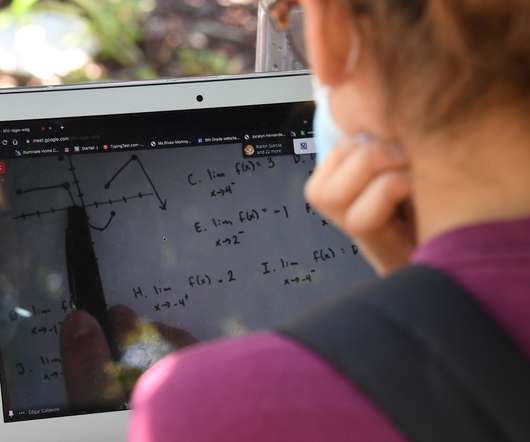How Access to Technology Can Create Equity in Schools
Digital Promise
APRIL 29, 2019
Students have fewer barriers to learning when they can use their tablets or laptops not only to find homework instructions, read e-books, and share important information with their families, but to create and work on independent projects, research topics that interest them, and connect with subject experts.







































Let's personalize your content